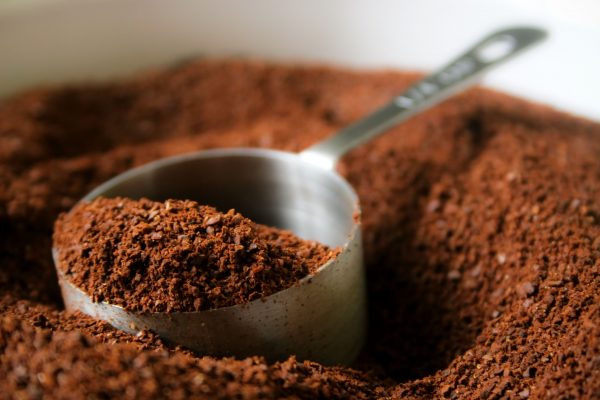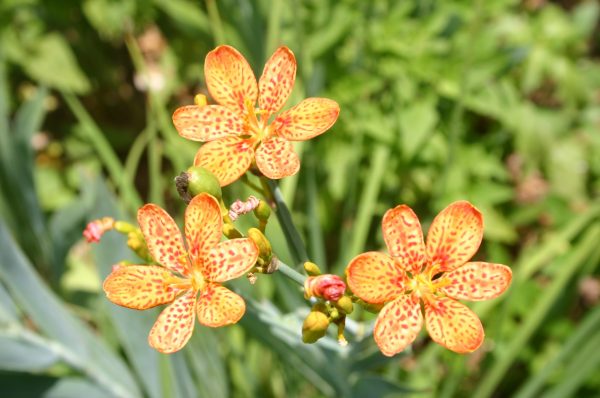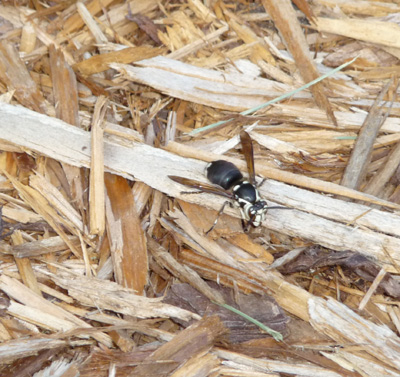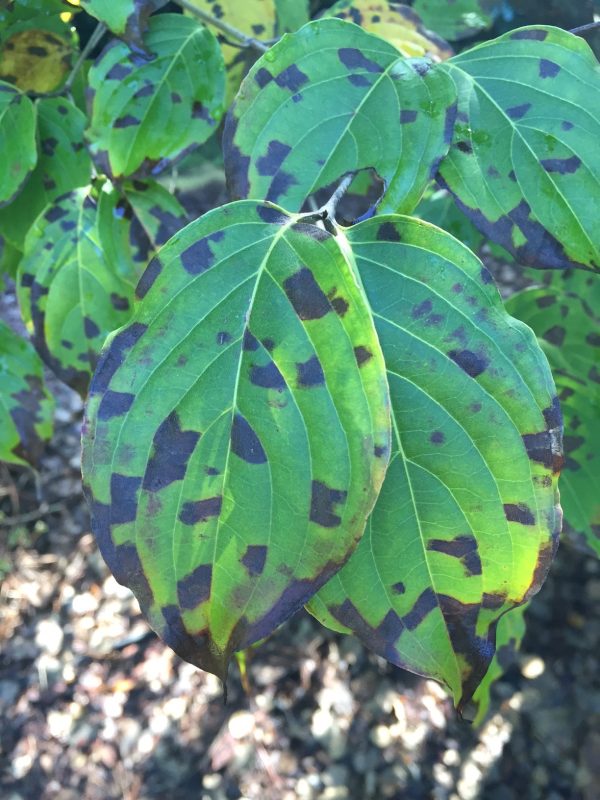Spinach
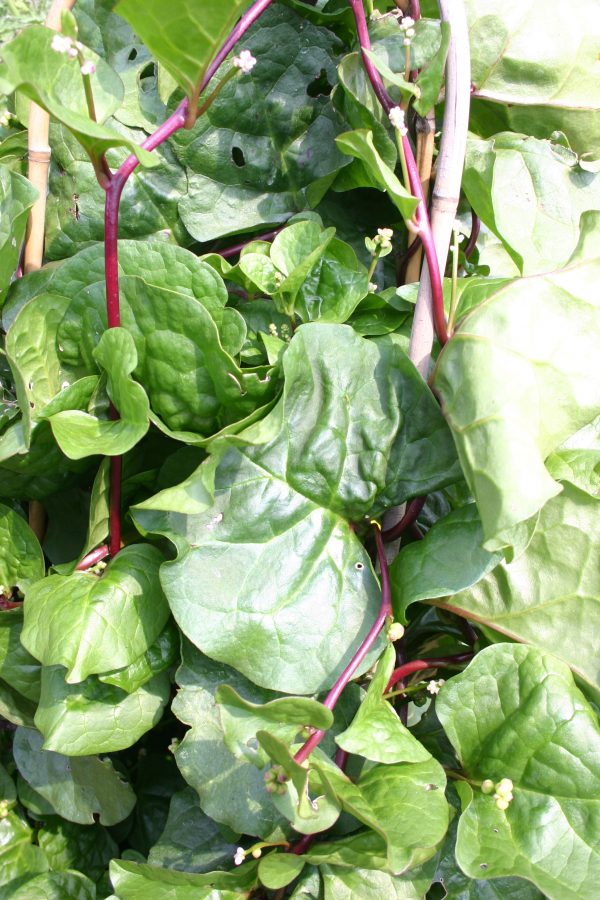
Spinacia oleracea
Spinach is probably native to southwest Asia. Gardeners have cultivated it for centuries as a salad green and cooked vegetable. Even though many youngsters are dissuaded by early experiences with boiled spinach, most adults eventually appreciate its diversity in such treats as salads, quiches, pizzas, crepes, and omelets.
• More detailed information can be found in The Georgia Fruit & Vegetable Book by Walter Reeves and Felder Rushing
• See also:
Spinach is a cool-weather crop that can produce in spring or fall. It matures when little else is coming from the garden, and some gardeners grow it indoors under lights as well.
WHEN TO PLANT
These plants can stand a freeze. They must be planted early and harvested before hot weather arrives. In hot weather, spinach sends up a seed stalk (bolts), and the quality quickly deteriorates. Unless you want lots of spinach at one time, however, make several seedings to spread out the harvest. If you prefer to direct-seed, sow seed in the garden as early as the soil can be worked. Some gardeners prepare the soil in the fall and broadcast the seed over the frozen ground. If you want the earliest production, start with transplants, either homegrown or from garden centers. To grow your own, sow the earliest seed for spinach indoors about 2 months before the frost-free date (average date of last frost). Grow the plants under lights or in the greenhouse, and transplant them into the garden when they are large enough to handle, 3 or 4 weeks before the frost-free date. Transplants may be available from garden centers about that time; buy plants that have a good green color, are short and compact, and have no pests. Since the spinach will be harvested and out of the garden by midsummer, plan to replace it with a fall crop. Sow seed directly in the garden in late July or early August, or transplant seedlings in September.
WHERE TO PLANT
Spinach prefers full sun (8 to 10 hours will suffice), but to extend its production into the hot summer months, plant it in partial shade (filtered sun all day or shade part of the day) to keep it cooler. A well-drained location can provide healthier plants. The plants need lots of water for vigorous growth, but the roots cannot stand soggy soils. Plants in soggy soils will be susceptible to diseases, and leaves may scald at the edges.
HOW TO PLANT
Apply a complete garden fertilizer, such as 10-10-10, at a rate of 11/2 pounds per 100 square feet of garden. Spade or rototill the soil. In rows, space transplants 6 to 8 inches apart, with 12 inches between rows. In a bed, space the plants 6 inches apart in each direction, which will allow 6 to 8 plants across the bed. Set the plants at the same depth they were growing. To seed directly in the garden, chilling the seeds in the refrigerator for 2 weeks or soaking them overnight before sowing them will hasten germination, and covering the seeds with a board 4 – 7 days will keep the seed cool and moist until they sprout. Sow spinach seed in rows 12 inches apart, and thin to 1 plant every 6 inches. In a bed, seed in rows 6 inches apart across the bed, or broadcast the seed; thin seedlings to 4 to 6 inches in each direction. For a continuous supply of spinach, make additional plantings every 7 to 10 days. The small seedlings will survive the winter if they are carefully mulched and will produce a crop very early the next spring.
CARE AND MAINTENANCE
Keep the plants growing, and water as needed to provide about 1 inch per week. Spinach plants are shallowly rooted and easily uprooted, so weed by careful hoeing or pulling while the plants are small. Pests and diseases may affect plantings. Control aphids with insecticidal soap. Leaf miners lay eggs just under the surface of the leaves, then the larvae hatch and mine their way around inside the leaves, making dead brown trails. Covering the plants with cheesecloth or using commercial row covers is the only way to protect them. Plant resistant varieties to avoid disease problems.
ADDITIONAL INFORMATION
Harvest spinach by snipping off outer leaves as soon as they are large enough to use. When plants are large enough to harvest, cut every other one, leaving more room for the others. As soon as the plants begin to bolt (send up seed stalks), harvest all that remain before they are spoiled.
VARIETIES
Spinach varieties are either savoyed or smooth-leafed. Savoyed spinach has puckered or cupped leaves that can catch grit splashed by rains or watering. Sometimes the grit does not wash out completely despite repeated attempts, and a gritty salad is the result. Commercial growers often avoid the problem by growing spinach on muck soils (black organic soils, often called peat) that have no grit. If your spinach has tended to be gritty, grow a smooth-leafed variety. New Zealand spinach, Tetragonia tetragonioides, is a summer substitute for spinach; there is only 1 variety. It is not a true spinach, but has a similar taste and is heat resistant. Plant New Zealand spinach after danger of frost has passed.
Varieties
Days to Maturity
Comments
Savoy:
Avon
42 days
Good heat tolerance.
Bloomsdale
46 days
An old favorite.
Long Standing Melody
42 days
Spring or fall. AAS.
Winter Bloomsdale
45 days
Slow to bolt, good for overwintering.
Smooth Leaf:
Catalina
45 days
Upright, long-standing, slow to bolt.
Giant Noble
43 days
Slow to bolt.
Olympia
46 days
Long-standing.



